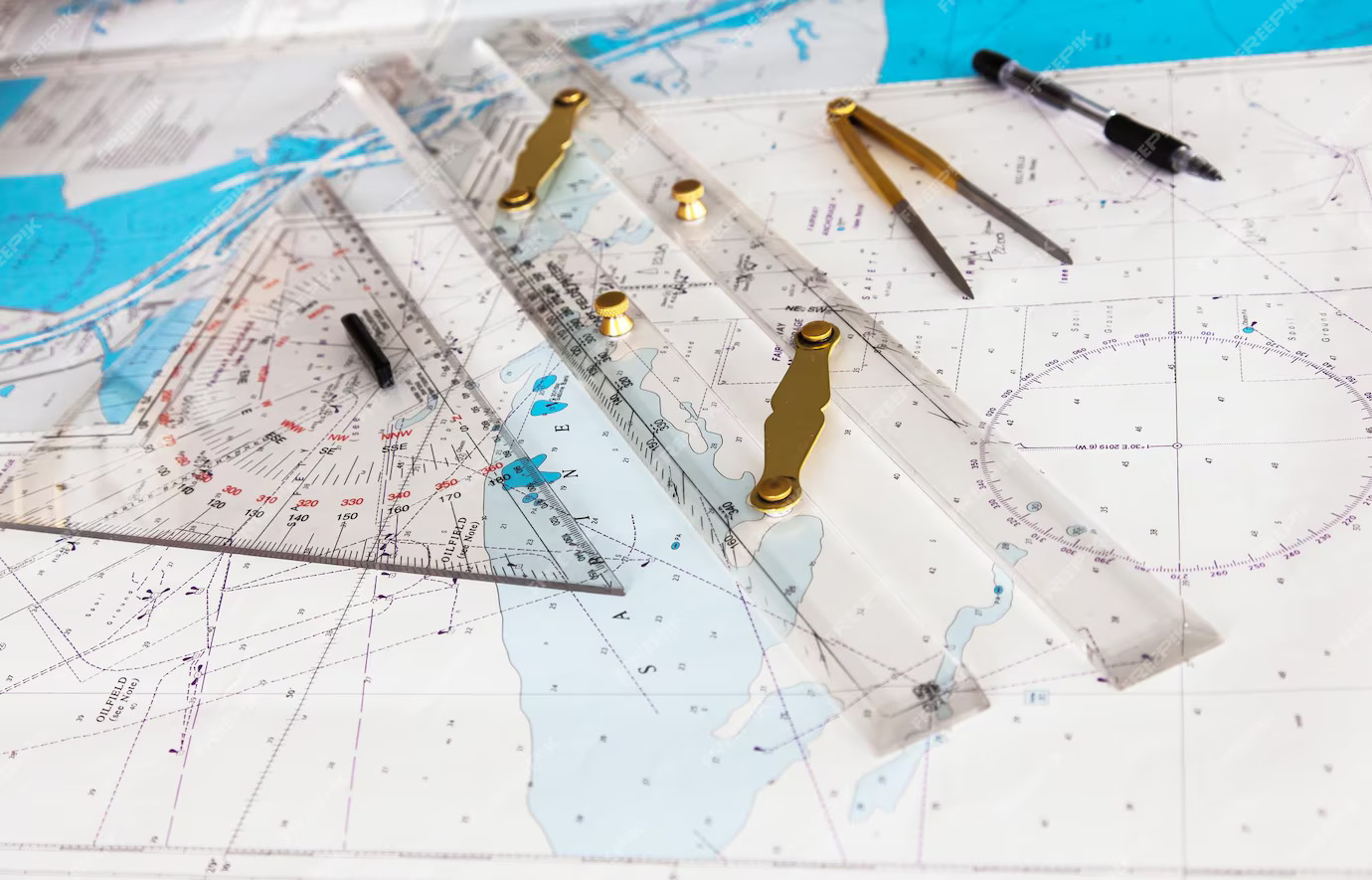
Overview
Geographical survey is a survey to conduct the examination of the earth’s landscape, environments and the relationship between people and their environments. This survey utilizes various tools, such as maps and geographical data to analyze environmental processes, human activities and spatial patterns. Geographical survey services allow one to determine distances, dimensions, angels, directions of the boundaries to create plans accurately.
What Does Geographical Survey Involve?
• A geographical survey involves physical geography and human geography survey which explore human activities and their impact on the environment.• Maps are the indispensable tools for geographical survey. They enable researchers to visualize spatial analysis in geographical survey and analyze trends over time.
• Geographical data collected from geographical survey can be quantitative or qualitative. Quantitative and qualitative geographical data captures descriptive attributes and provides numerical measurements.
• The integration of technology, such as GIS has transformed geographical survey by allowing more detailed spatial analysis and modeling of complex systems.
• Geographical survey plays a vital role in addressing issues, such as urbanization, climate change, and resource management by providing insights into human-environment interactions mapping and spatial patterns.
How Does Geographical Survey Use Maps to Analyze Spatial Patterns in Human Activities?
• Geographical survey use maps to visualize and analyze spatial patterns related to human activities. By representing data geographically, researchers are capable of identifying trends, such land use changes, population distribution and transportation networks. This visualization helps in knowing how human beings interact with their environments and allows for informed decision-making in resource management and urban planning.• Evaluates the importance of GIS technology in improving the field of geographical studies
• GIS technology enhances geographical survey by enabling the collection, analysis and visualization of spatial data in ways that where were earlier impossible. GIS geographical surveys allow surveyors to integrate various data sources, conduct complex analyses and create detailed maps that illustrate relationships between different geographical elements. It supports better decision making and planning in areas, such as urban development and environmental conservation.
• Synthesizes the impact of integrating quantitative and qualitative geographic data on understanding environmental issues.
• Environmental impact surveys offers an exhaustive access to understanding environment issues. Qualitative data provides context through descriptions and narratives that capture the human experience related to environment changes. On the contrary, quantitative data offers measurable evidence of those changes. Together, they allow researchers to paint a complete picture of how environmental issues affect ecosystems and communities.
Enhance your surroundings with the transformative impact of carefully chosen colors. Let Architronix bring your vision to life through our expert Color Consultation services.